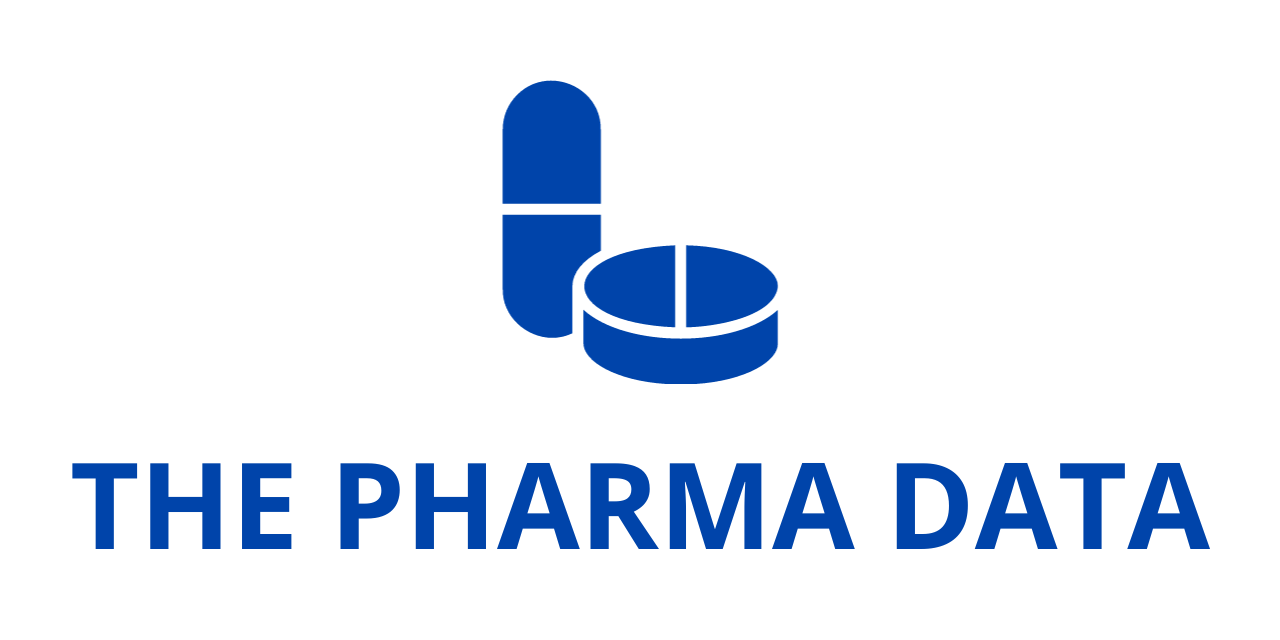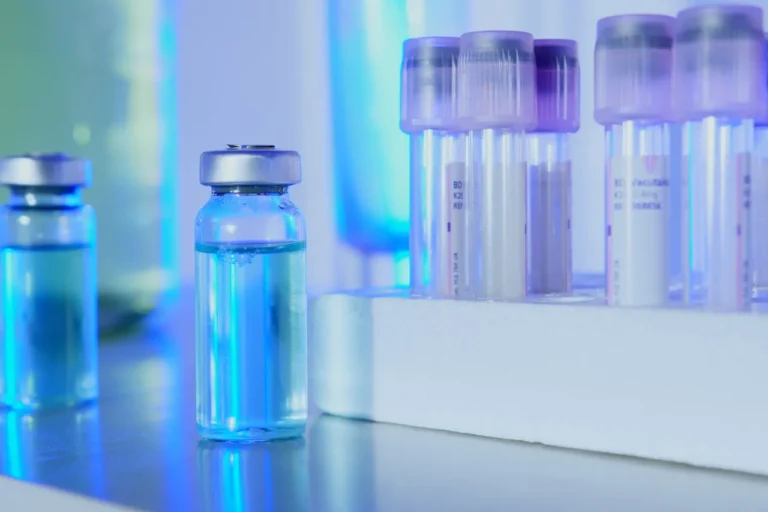
Roche Unveils Promising Phase I/II Data for Next-Generation Bispecific Antibody NXT007 in Hemophilia A, Signaling a Major Step Toward Phase III Development
Roche has shared encouraging new data from its early-stage clinical development program evaluating NXT007, a next-generation investigational bispecific antibody designed for people living with hemophilia A. The results from the Phase I/II NXTAGE trial, announced during the 2025 International Society on Thrombosis and Haemostasis (ISTH) Congress in Washington, D.C., suggest that NXT007 may have the potential to deliver haemostatic normalization—effectively restoring blood clotting function—in individuals with hemophilia A who do not have inhibitors to factor VIII. Importantly, the therapy demonstrated a favorable safety profile, with no thromboembolic events reported so far.
Engineered by Chugai Pharmaceutical Co., a subsidiary of the Roche Group, NXT007 represents a next-generation therapeutic approach that builds upon the foundation established by Hemlibra® (emicizumab), Roche’s first-in-class bispecific antibody approved for prophylactic treatment of hemophilia A. Unlike traditional therapies that replace the missing clotting factor VIII, NXT007, like Hemlibra, is designed to mimic the function of this factor using bispecific antibody technology—without requiring direct factor VIII supplementation. However, NXT007 takes the science a step further with refined molecular engineering aimed at achieving enhanced efficacy, longer dosing intervals, and a more predictable bleeding protection profile.
Next-Generation Goals: Higher Efficacy, Lower Burden
In its statement, Roche emphasized the strategic importance of NXT007 in the company’s hemophilia portfolio, underscoring its vision to introduce a more advanced prophylactic treatment that reduces the treatment burden, provides high levels of bleed protection, and allows greater flexibility for people with hemophilia A. Unlike conventional factor-based therapies that often require frequent intravenous infusions, NXT007 is administered subcutaneously and is designed to offer longer-lasting protection through less frequent dosing—ranging from every two to four weeks.
“NXT007 data are promising for people with hemophilia A and underscore our ongoing commitment to advancing care and addressing the real-world challenges faced by this community,” said Dr. Levi Garraway, Chief Medical Officer and Head of Global Product Development at Roche. “Hemlibra established a new standard of care, and our focus is to continue to deliver breakthrough innovation that might ultimately help people with hemophilia to live their lives in a manner unaffected by this condition.”
NXTAGE Study Overview: Strong Initial Results Support Advancement
The latest data come from Part B of the ongoing NXTAGE Phase I/II clinical trial, which is being conducted in East Asia—specifically in Japan, Taiwan, and South Korea—by Chugai. The trial is evaluating NXT007 in people with hemophilia A without factor VIII inhibitors who have not previously been treated with Hemlibra. This distinction is important as it allows the study to assess NXT007’s effectiveness without potential confounding from earlier bispecific antibody exposure.
A total of 30 participants, aged between 12 and 65 years, were enrolled across four different dosing cohorts (B-1 through B-4). During the initial loading phase, participants received NXT007 over four to six weeks, followed by a maintenance period where they received subcutaneous injections every two to four weeks depending on the cohort assignment.
The headline result: in the two highest dose cohorts (B-3 and B-4), not a single treated bleed was observed during the primary analysis period. These findings suggest robust prophylactic efficacy at higher dosing levels, highlighting NXT007’s potential to offer near-complete bleed protection in people with severe hemophilia A.
Furthermore, NXT007 was generally well tolerated across all dosing cohorts. No thromboembolic events—an important safety consideration for all coagulation therapies—were reported. This is critical, as hypercoagulation is a known risk when manipulating clotting pathways, especially in treatments designed to restore clotting function.
A Roadmap to Phase III and Beyond
With these encouraging early results in hand, Roche is now preparing to launch a comprehensive Phase III development program for NXT007. The company has announced plans for three global Phase III clinical trials beginning in 2026. Among these will be a pivotal head-to-head study comparing NXT007 directly against Hemlibra, Roche’s current standard of care for prophylactic treatment in hemophilia A.
This planned comparative study will be a crucial milestone. While Hemlibra dramatically transformed the hemophilia treatment landscape with its subcutaneous administration and flexible dosing schedule (weekly, biweekly, or monthly), NXT007 could push the boundaries further by offering even more consistent bleed protection, possibly at extended dosing intervals. If NXT007 can demonstrate superiority or even non-inferiority with additional patient benefits such as reduced dosing frequency or improved pharmacodynamics, it may well become the new benchmark in hemophilia A prophylaxis.
Additionally, Roche noted that further data from the ongoing Phase I/II program will be available later in 2025, providing greater insight into long-term efficacy, durability of response, and patient-reported outcomes. This data will help inform dosing strategies, safety considerations, and trial design for the upcoming Phase III studies.
Redefining Hemophilia Care: From Constant Vigilance to Confidence
Hemophilia A, a rare inherited bleeding disorder caused by the deficiency of clotting factor VIII, affects approximately 1 in 5,000 male births globally. Without proper management, it can lead to spontaneous bleeding episodes, joint damage, disability, and life-threatening complications. Traditional treatment often relies on factor VIII replacement therapy, which can be burdensome, especially in pediatric and elderly populations due to frequent infusions and the risk of developing factor inhibitors that render treatment ineffective.
Hemlibra marked a paradigm shift by providing a subcutaneous prophylactic option that could be self-administered and reduced the bleeding rate dramatically. The arrival of NXT007 could further refine this treatment paradigm by providing more effective or sustained bleed control with a similar or more convenient administration schedule.
Roche’s continued investment in this space underscores a larger commitment to reducing the burden of disease on individuals and healthcare systems alike. By focusing on long-term efficacy, ease of administration, and durable safety, the company hopes to empower people with hemophilia A to lead lives less constrained by their condition.
The Phase I/II data presented at the ISTH 2025 Congress mark a significant development in the journey of NXT007. With zero treated bleeds in the highest-dose cohorts and no safety red flags such as thromboembolic events, the investigational therapy has demonstrated a strong signal of clinical benefit that merits further investigation. As Roche moves toward Phase III clinical trials, the hemophilia community will be watching closely, hopeful that NXT007 may soon offer another transformative option in the fight to normalize life for those affected by hemophilia A.
If future studies confirm its promise, NXT007 may emerge not just as a successor to Hemlibra, but as a next-generation solution that redefines what’s possible in hemophilia care.




